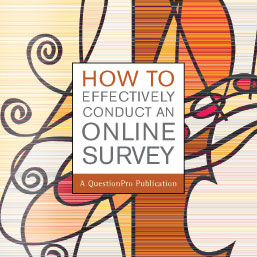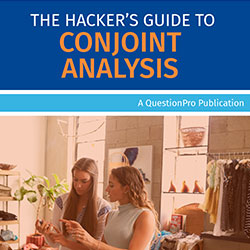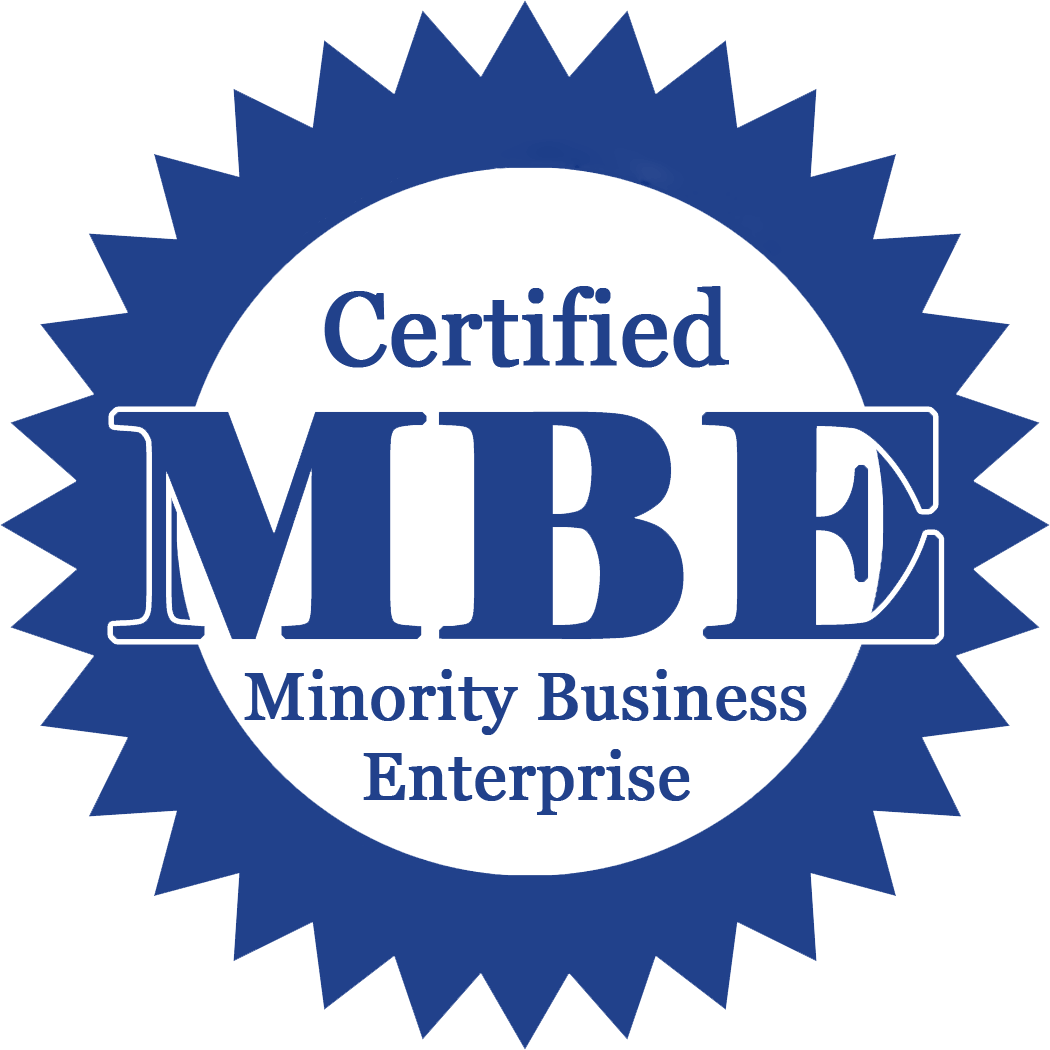Measuring Customer Loyalty and Customer Satisfaction
How to get it done in less than a day - An online implementation guide.
Most businesses are faced with a fairly straightforward question today - How do I measure success? Obviously looking at the balance sheet every month can give you some insights into how you are doing. However most of us know that this is too late in the game to be pro-active in terms of how you react to your customers needs.
We also understand that customer satisfaction and loyalty is intrinsically coupled to the well-being and long term growth of the company. In other words, the success of your company depends on how satisfied and loyal your customers are. We are also aware of the fact that acquiring new customers is about ten times more expensive than servicing existing customers. Very simply put, loyal customers decrease acquisition costs and increase profitability.
The question always arises: "How do I effectively gauge the satisfaction and loyalty paradigms?". It is not as difficult as you may think.
Amazingly, a single question can give you the insight you need:
"How likely is it that you will recommend [Product X or Company] to a friend or colleague?"
Have them rate the answer on a 0-10 Scale. You can then categorize the responses into three different categories:
Score
9-10 |
These are your "Promoters" or your "Idea Merchants" - Very satisfied and will trumpet your product or service any chance they get. |
7-8 |
They are your "Passively Satisfied" customers. |
0-6 |
They are the "Detractors" - fairly unsatisfied with you - Most likely to leave you for a competing product or service. |
Now the analysis is pretty simple. If you have 60-70% of your customer base with a score between 9-10 you have a "word-of-mouth" sales force working for you 24x7. They are happy with your product offering and are willing to put their reputation on the line for you by recommending your product or service.
Another important measurement is the "Net Growth/Satisfaction" score. This is the percentage of "Promoters" minus the percentage of "Detractors" - this gives you a net indication of how many customers are effectively "growing" your company.
Now the question is: "Why is this approach more effective than traditional 'Customer Satisfaction Surveys'?" The answer lies in the statistical phenomenon call "sample bias". Most traditional "Customer Satisfaction Surveys" tend to be long, cumbersome and demand a lot of time and attention from your customers. This leads to a very low "response rate" for your customer satisfaction surveys. This low response rate in turn does not accurately represent your customer base. For example, customers who are unhappy are not likely to go through a long customer satisfaction survey.
The other problem with traditional satisfaction surveys is that they are very difficult to analyze and produce ambiguous results - they are hence not acted upon by upper management and dismissed.
On the other hand, if your customers get an email with a single question embedded, the response rate to such a small survey will be much higher. The higher response rate will eliminate the "sample bias" and you have the relevant data that you need.
Some Real-Life Examples:
QuestionPro
We at QuestionPro believe in "Practice what you preach" - Every time an active user clicks the "Logout" button when they are finished with their work, a single question is presented to the user : This question is randomly selected from a pool of pre-defined questions - Feedback on features, comments, satisfaction etc.
We have consistently seen that the response rate on the "Recommend to Friend/Colleague" question has always been higher than all the other questions. This process helps us achieve a couple of things: -
- Enables us to "Continuously" monitor our satisfaction score. Any dips and spikes can be quickly co-related to "marketing events"
- Enables us to set goals for our support and marketing staff. This is directly tied to the compensation structure to make sure all of us are aligned to serve our customers as best as we can.
Enterprise Rent-A-Car
This example is cited in Frederick F. Reichheld's Harvard Business Review Article.
Every month Enterprise polls its customers just two simple questions:
- Quality of Service
- Likelihood that they will rent from Enterprise Again.
Since the process was simple, it was fast and published the results of the 5000 US branches in real-time. This gave all the offices real-time feedback on how they were doing and the opportunity to learn from successful peers.
Implementation Guide
After all the title of the article does say how to get this done in "under a day" - the world of online self-service tools has paved the path for such technical implementation without the hassle of servers, software installations etc. Although there are other server based solutions available we will focus on 4 important factors:
- Self-Service - If you want to get a solution rolled out in 1 day you should be able to use a point-and-click interface to create and deploy the survey.
- Online and Web-Based - No software to install and no special requirements. Should be able to create a survey using a Mac/Linux/Windows from home or office or the beach!
- Integrated Analysis Tools - No need for third-party analysis programs needed.
- Monthly billing - No long term contracts - For obvious reasons!
Conclusion
To Quote Frederick F. Reichheld's Harvard Business Review Article:
"The path to sustainable, profitable growth begins with creating more promoters and fewer detractors and make the net-promoter number transparent throughout your organization. This number is the one number you need to grow. It is that simple and that profound."
The quote underscores this basic concept. Online tools not only make it easy to implement such solutions but also assist you in pro-actively measuring the success of your relationship with your customers. A project that used to be a 3-6 month IT effort a few years ago can now be accomplished in a single day. Companies that take advantage of such process efficiency to further their own goals will have a distinct advantage over companies that ignore them.
Survey Software Easy to use and accessible for everyone. Design, send and analyze online surveys.
Research Suite A suite of enterprise-grade research tools for market research professionals.
Customer Experience Experiences change the world. Deliver the best with our CX management software.
Employee Experience Create the best employee experience and act on real-time data from end to end.







